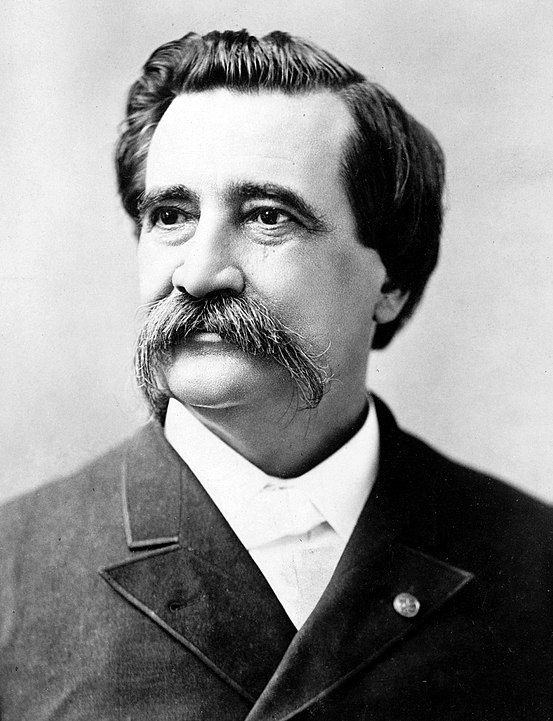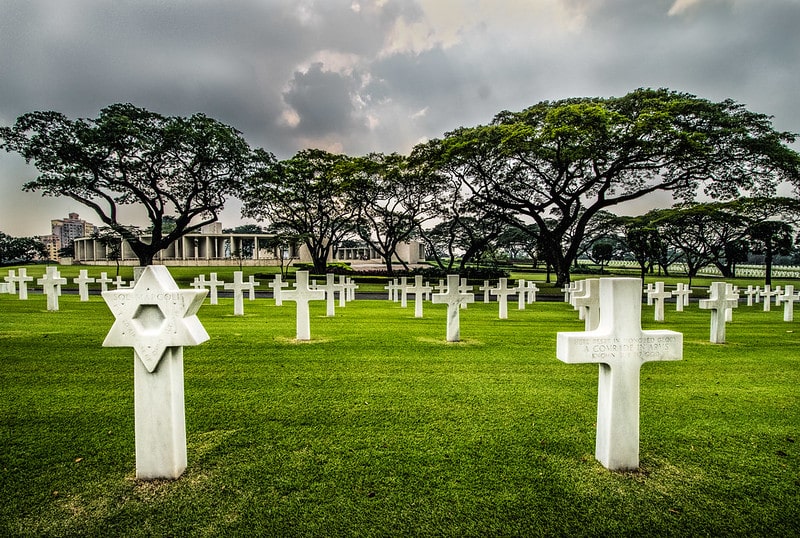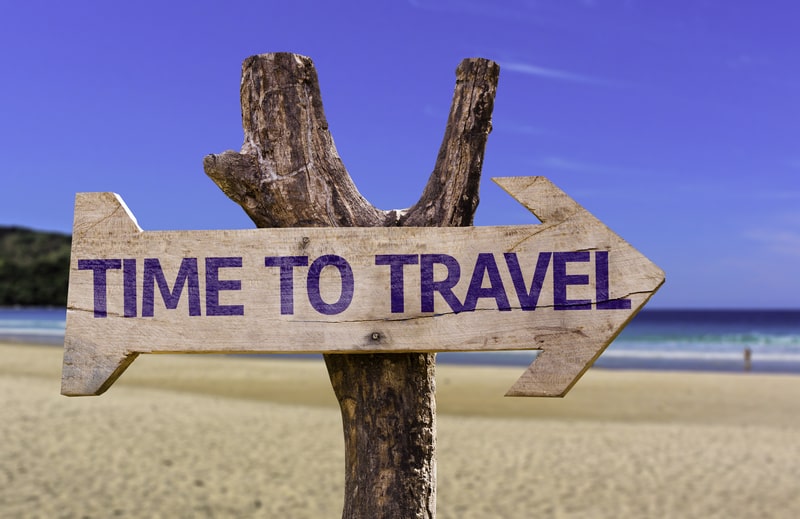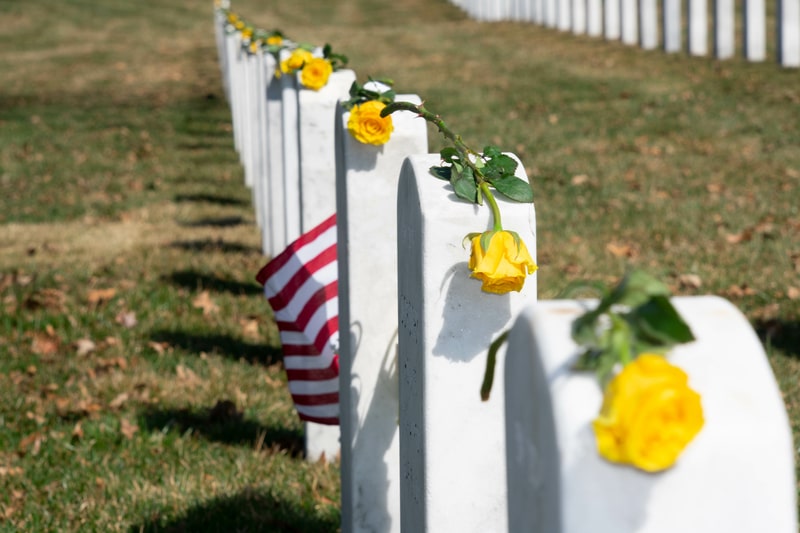Last updated on May 25th, 2023
Are you looking forward to Memorial Day? Many Americans see it as a chance for travel and recreation, but it has a much deeper meaning. It is a day to remember the brave individuals who gave their lives for the country and its ideals. Its founders envisioned a solemn occasion befitting the gravity of the sacrifice. The traditions surrounding it evolved through the years. If you wish to know more about it, read the 50 facts about Memorial Day below.
Essential facts about Memorial Day
1. The Spirit of the Holiday
Memorial Day is for military personnel who died serving the United States. Some confuse it with Veterans Day, but the latter celebrates everyone, including survivors.
2. Variable Date
There is no fixed date for Memorial Day. Commemoration is on the last Monday of May, which could fall between May 25 and 31, depending on the calendar year.
3. Few and Far Between
As of 2023, the United States only recognizes eleven federal holidays. Memorial Day is one of them, highlighting its importance for the country and its identity.

4. A Different Name
It was initially known as Decoration Day. The name refers to the tradition of adding ornaments to the final resting place of fallen soldiers. People lay flags and flowers in national cemeteries.
5. An Unofficial Marker
When is the start of summer? The June summer solstice is the astronomical marker for the northern hemisphere. However, most Americans see Memorial Day as the beginning of the season.
6. Ancient Roots
Honoring soldiers who died in battle is an ancient practice. Thousands of years ago, Greeks remembered the fallen in annual festivals and decorated graves with flowers.
7. Name Change
It was 1882 when the term Memorial Day first came about. This name became more common than Decoration Day after the Second World War. Federal law made it official in 1967.
8. Perfect Timing
The end of May is not a random choice. Historians think it is a strategic date that ensures flowers across the country are in full bloom.
9. A Southern Holiday
Nine southern states hold their own Confederate Memorial Day, breaking away from the Union-led holiday. They organize events on the birthday of Jefferson Davis, the confederate president.

10. The Holiday Founder
General John A. Logan was one of the most vocal advocates of solemn remembrance. He was the commander-in-chief of the Grand Army of the Republic. He fought for the Union during the Civil War.
Facts about the Origins of Memorial Day
11. The Lives Lost
According to estimates, about 622,000 Americans died throughout the Civil War. National cemeteries became the resting place of Union soldiers, and other cemeteries sprung up across the country.
12. The End of the War
The grieving nation yearned to remember the ones they lost. Mourners came to honor the fallen soldiers. They recited prayers, held tributes, and decorated the gravestones with flowers.
13. The First Celebration
Residents of Boalsburg in Pennsylvania decorated their cemetery as early as October 1864. Carbondale in Illinois and Petersburg in Virginia are also pioneers.
14. A Conciliatory Gesture
In 1866, four women honored the fallen soldiers of the Union and the Confederate in Columbus, Mississippi. It inspired a poem that The Atlantic Monthly published in 1867.
15. A Proper Burial
A mass grave contained 257 Union soldiers in Charleston, South Carolina. In 1865, emancipated African Americans found them and gave them a proper burial. Ten thousand people joined a parade and placed flowers on the new graves.
16. The First Soldier Killed in Action
In 1861, John Quincy Marr died at the Battle of Fairfax Courthouse in Virginia. His loved ones decorated his grave – the first such incident during the Civil War.
17. The 1863 Gettysburg Address
After the deadliest battle of the Civil War, President Lincoln praised the sacrifices made in the name of equality. Commemoration became even more widespread following his assassination.

18. The Logan Proclamation
In 1968, General Logan called for an annual Decoration Day as a national holiday. A total of 183 cemeteries held memorial events that year.
19. An Official State Holiday
Michigan was the first to make Decoration Day official in 1871. All northern states had similar legislation by 1890.
20. Federal Endorsement
In 1966, President Lyndon Johnson designated Waterloo in New York as the official birthplace of the holiday. Unlike other places, the village has had a consistent yearly celebration since 1866.
Changes Across the Years
21. A Broader Scope
In the 1900s, Memorial Day was no longer exclusive to Civil War remembrance. It also included others who fought and died while serving in the US military.
22. A Lobbying Tool
The Grand Army of the Republic used Memorial Day to mobilize public support for pensions and remind family members to keep veterans sober.
23. Accepting Ethnic Minorities
The sacrifice of Irish and German immigrants during the Civil War did not go unnoticed. Memorial Day speeches called them true Americans after their baptism of blood on the battlefield.
24. The Shifting Schedule
Memorial Day used to fall on May 30. In 1968, Congress passed a law moving it to the last Monday of May to create a three-day weekend. Other affected holidays include Presidents Day and Columbus Day.

25. Effects of Extended Weekends
It took effect in 1971. The move favored the travel industry as more families went on vacation during the weekend. Gradually, the solemn holiday became a much-awaited period of recreation.
26. Clashes Over Races
In 1911, Civil War veterans opposed the Memorial Day schedule of the Indy 500. They said it is a day of remembrance, not revelry. However, the governor sided with the organizers, and the race proceeded.
27. Efforts to Revert
Some groups call for the return to the original date. According to the Veterans of Foreign Wars, the long weekend undermines the purpose of Memorial Day.
28. What the Children Think
When asked about the meaning of Memorial Day, school children touring Washington said it was the day the pools opened. This 1996 exchange underscored the need for a timely reminder for the younger generation.
29. Paltry Numbers
The erosion is hard to deny, even among adults. In May 2000, a Gallup poll showed that only 28% of Americans knew the meaning of Memorial Day.
30. A Minute of Silence
In 2000, Congress passed a law calling on Americans to stop and remember fallen soldiers at 3 pm on Memorial Day as a symbolic act of unity.
Facts about Memorial Day Traditions
31. The Center of Observance
Arlington National Cemetery is the traditional home of Memorial Day. It is one of the two national cemeteries run by the US Army.
32. History of the Property
Before it became government land, the 639-acre Arlington Estate in Virginia was under the private ownership of the family of Confederate States General Robert E. Lee.
33. Soldiers in Arlington
First conceived as a resting place for Civil War casualties, it eventually opened for veterans of the Korean War, Vietnam War, World War II, and other conflicts.

34. Role of the Commander-in-Chief
The US president leads the rites by laying a wreath at the Tomb of the Unknown Soldier, followed by a speech.
35. Starting the Tradition
Arlington did not always enjoy its prominent role. The first Memorial Day ceremony at the national cemetery was on May 30, 1929, led by President Herbert Hoover.
36. Music for the Memories
Half a million people attend the annual National Memorial Day Concert, which takes place on the Capitol Building’s west lawn. The event began in 1989.
37. Mass Participation
Thousands of parades celebrate Memorial Day across the US, with millions participating. Many feature marching bands, military themes, service members, and old war vehicles.
38. Flags for the Fallen
Service members perform the Flags-In ceremony, including soldiers, airmen, marines, sailors, and coast guards. They plant a small US flag in front of all the gravestones to honor every individual.

39. A Feast of Flowers
The Memorial Day Flowers Foundation and its volunteers decorate 150 cemeteries across the US. In 2018, they used almost 220,000 roses at Arlington.
40. Home Traditions
Patriotic Americans may hang a US flag or an equivalent on their front door or window throughout May, National Remembrance Month.
. . . continue reading on the next page
